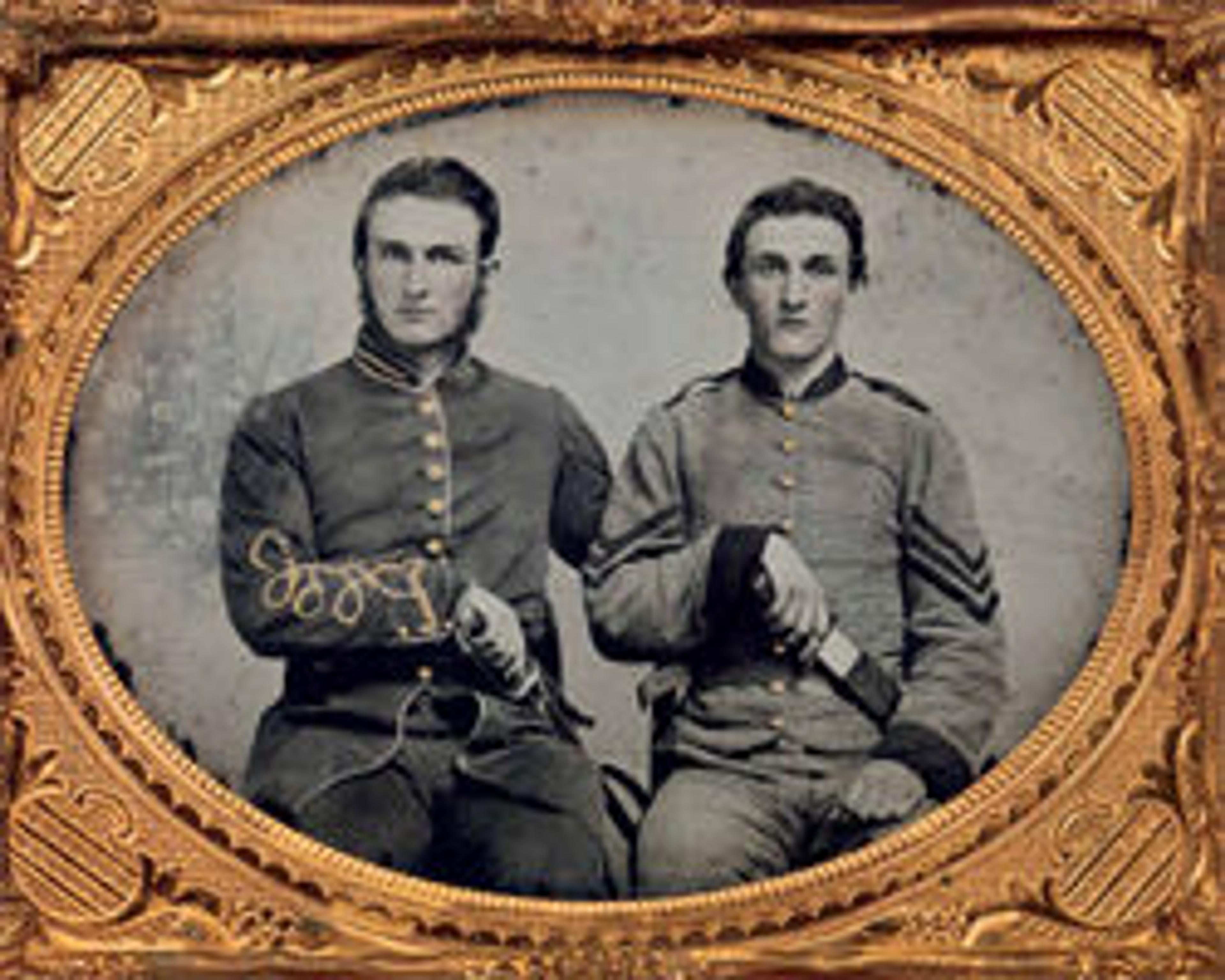Armory Square Hospital, Washington
After the first land battle at Bull Run, both the Union and the Confederacy saw the need for large hospitals. Confederate States President Jefferson Davis acted first and began construction of five hospitals near Richmond, Virginia, in 1861; the largest of these, Chimborazo, reportedly treated about seventy-six thousand patients during the war. In the North, construction did not begin until 1862, but in two years President Lincoln had 187 general hospitals built, providing 118,000 beds. The majority were in the District of Columbia, including Armory Square Hospital seen here. The view shows Ward F and appears to document an anniversary of the facility, complete with flags, evergreens, and hanging flower baskets. The hospital was constructed on land adjacent to the Smithsonian Institution, approximately where the National Air and Space Museum stands today.
Artwork Details
- Title:Armory Square Hospital, Washington
- Artist:Unknown (American)
- Former Attribution:Formerly attributed to Mathew B. Brady (American, born Ireland, 1823?–1896 New York)
- Date:1863–65
- Medium:Albumen silver print from glass negative
- Dimensions:Image: 17.3 × 20 cm (6 13/16 × 7 7/8 in.)
- Classification:Photographs
- Credit Line:Harris Brisbane Dick Fund, 1933
- Object Number:33.65.307
- Curatorial Department: Photographs
More Artwork
Research Resources
The Met provides unparalleled resources for research and welcomes an international community of students and scholars. The Met's Open Access API is where creators and researchers can connect to the The Met collection. Open Access data and public domain images are available for unrestricted commercial and noncommercial use without permission or fee.
To request images under copyright and other restrictions, please use this Image Request form.
Feedback
We continue to research and examine historical and cultural context for objects in The Met collection. If you have comments or questions about this object record, please contact us using the form below. The Museum looks forward to receiving your comments.
